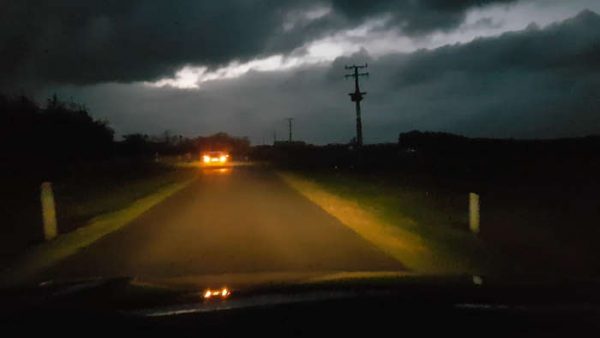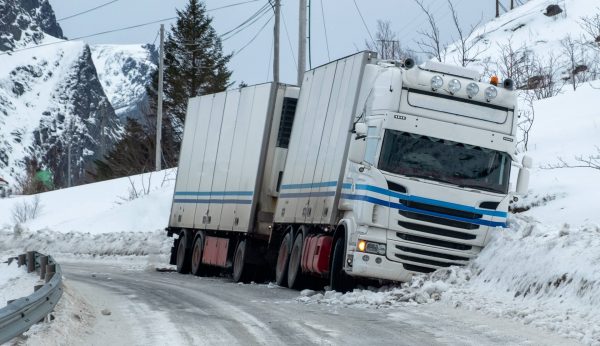The worst places to break down and what you should do
We already covered what to do if you break down on the way to the airport, but there are plenty of other inconvenient places your car can expire. Here’s what to do.
On the way to a meeting
It’s unlikely you’ll have 30-45 minutes to wait for a breakdown service to arrive, so what do you do if you find yourself on the side of the road with the clock ticking down to that meeting start time and your chances of closing the sale or winning the business ebbing away?
Once you’ve got your car safely off the road, do a quick check. Will it restart? If not, is the problem something you can fix, e.g. a flat tyre?
Call ahead to your meeting and let them know that you won’t be able to make it. You will need to check whether they are happy with the delay or whether you should book another time. For example, changing a tyre will take 15 minutes and most people can accommodate you being 5-15 minutes late. If you have a puncture repair kit in a can, it will be even quicker but it will only function as a temporary repair and should be replaced properly as soon as possible.
If the meeting is absolutely critical and you cannot miss it, call a taxi or ride-sharing service or, worst-case scenario, take hitch a lift or take public transport.
Of course, your vehicle must be in a safe place where it’s legal to park. You should be OK leaving it there for an hour or so while the meeting is in progress, after which you can return to it and sort out vehicle recovery or repair.
Country roads at night

Having to stop on the side of an unlit road is not the best. Throw rain and a couple of irritable kids into the mix and you’ve got yourself a nightmare scenario.
First, get your car into a safe place, but be really careful of driving onto the verge as you can easily end up bogged down in mud, sliding into a ditch or hitting a rock hidden by long grass. Children will soon become frustrated as sitting in the car will be boring unless you have toys or books available to them.
Get your hazard lights on and place a warning triangle at least 45m behind the car.
Most places in the UK have mobile phone reception these days but there are still some isolated areas particularly in Wales and Scotland where you might struggle to get a signal. If you can’t get reception but you can see a house, walking to the house is an option.
Ideally, you will have told someone where you are going, so they’ll be either expecting you to arrive or expecting you to make contact. This will be your only rescue option if you can’t get any phone reception and a good samaritan doesn’t stop to help. Expect to wait a long time for breakdown services to arrive if you are in a remote area.
If you are stopped in a dangerous place, e.g. a blind bend, you should call your local police and let them know as they will send someone out to assist. If you have an emergency triangle, put it out.
Medical emergencies
Whether it’s a child with a broken ankle or a pregnant partner whose waters have broken, medical scenarios and breakdowns don’t go well together. The important thing is the comfort of the other person so, if possible, organise another form of transport (taxi or ride-sharing, or an ambulance if it’s critical), or call a friend to come and help.
Ensure the car is in as safe a place as possible when you stop.
Bad weather

Breaking down when it’s snowing can be dangerous because you may not be able to get going again if the snow is heavy. Snow reduces other drivers’ visibility of your stricken vehicle and could prevent breakdown services from attending. Needless to say, if you’re driving in snow, you should be prepared and have a plan for what to do in an emergency.
The most important thing is not to succumb to exposure due to the weather. It’s best to remain with your car as that is much easier to find than a person.
- Understanding the National Standards for Riding Mopeds and Motorcycles
- Livestock Transport Rules UK: A Complete Guide to Animal Transportation Requirements
- The Role of Safety Advisers in Dangerous Goods Transport
- Sustainable Driving: Reducing Your Environmental Impact on the Road
- Developing Effective Lesson Plans for Driver Training
- UK Agricultural Vehicle Registration and Tax Relief
- Challenges of Transporting Radioactive Materials (Class 7)
- Exemptions and support for Clean Air Zone charges
- Navigating Legal Requirements: The UK Motorcycle Licensing Rules
- Safe Transportation of Agricultural Chemicals and Hazardous Materials
- Innovations in Vehicle Construction for ADR Compliance
- Motorcycle Recovery Operations: How to Recovery a Broken Down Motorbike
- Alternative Fuels in Agricultural Vehicles
- Carriage of Dangerous Solids in Bulk Containers
- Understanding Limited Quantity Exemptions in ADR